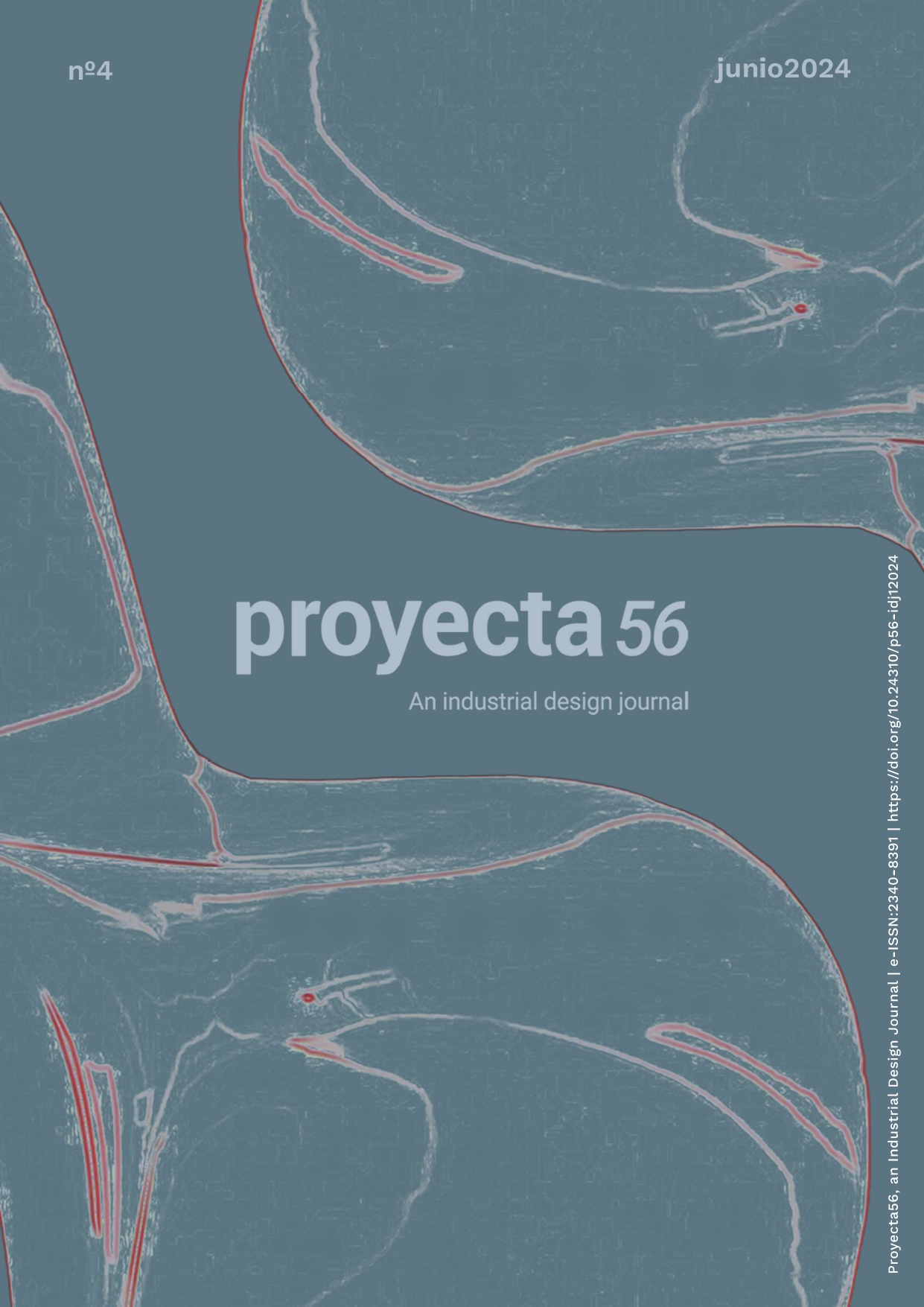Design and Sustainable Valorization of Agro-Industrial Waste and By-Products for the Circularity of the Textile Sector
Keywords:
Circular Design, Waste and by-products valorization, Circular Economy, Textile Field, Design research, Case studiesAbstract
The theoretical debate on design is intertwined with and fueled by the various theories and approaches that have developed since the second half of the twentieth century in the economic and industrial fields, among which the concept of the Circular Economy has emerged. In a linear economy, what is normally considered waste or by-product becomes a resource whose value is to be retained. In the domain of design, this corresponds to a progressive broadening of perspective from the level of the individual product to the design of the complex system in which it is embedded and the adoption of new strategies, including "closing the loop." In this sense, the agro-industrial sector represents fertile ground for sustainable, design-driven innovation, partly due to the significant amount of waste generated annually at all stages of the supply chain. The sustainable valorization of such biomass represents an alternative feedstock for the recovery of high-value substances and materials, potentially increasing the level of circularity in various application sectors characterized by high consumption of non-renewable resources, such as the textile sector. Through the critical selection and comparative analysis of three case studies, this research aims to define the changed role of design in the current scenario and the nature of interactions between the designer and other relevant actors in the transition towards circular production and consumption models, particularly exploring the theme of valorizing agro-industrial waste and by-products for applications in the textile sector.


